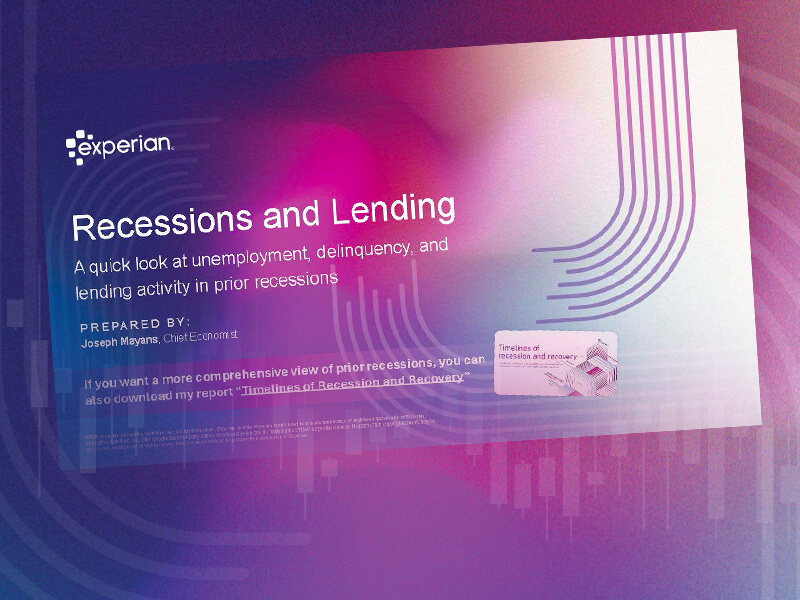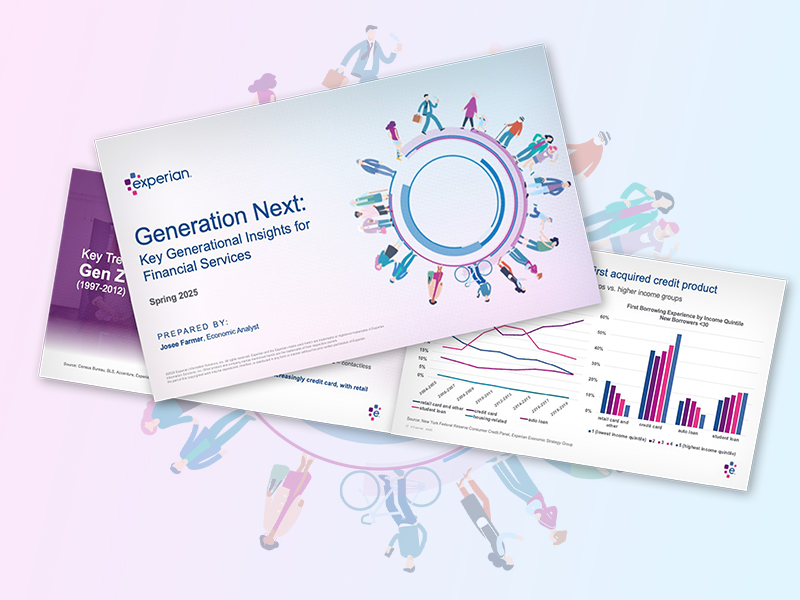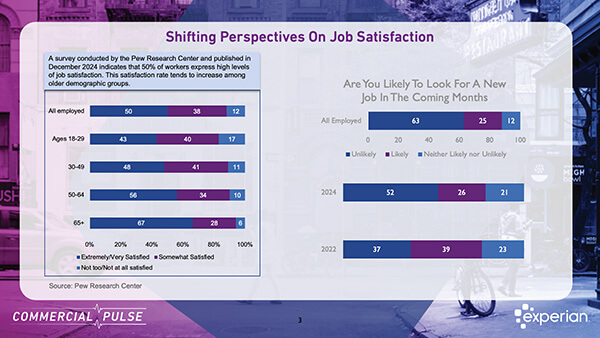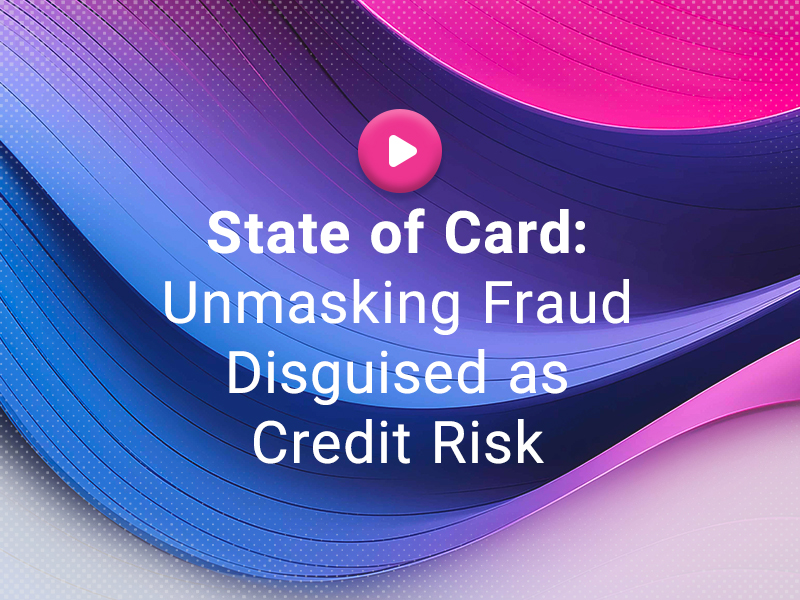Report
Published November 8, 2021
Commercial Credit & Economic Trends Commercial InsightsSmall business credit performance was mixed in the third quarter as businesses dealt with the COVID-19 Delta variant. Early stage delinquency rates rose modestly while late state delinquency and bankruptcy rates fell decisively. With daily COVID cases falling, demand for goods and services should rise in coming quarters. Downside risks are concentrated on the supply side with businesses struggling to hire workers and dealing with supply chain stress.
Complete the form to access the report
This site is protected by reCAPTCHA and the Google Privacy Policy and Terms of Service apply.
Thank you for your interest
Your free Experian resource is now available. Enjoy!
 Report
Report
Recessions and Lending
If we go into a recession, what does it mean for lending activity? What does it mean for delinquency? As banks, credit unions and fintechs grapple with these questions, sometimes it helps to look to the past for guidance.
In this latest Macro Moment, take a quick look back at prior recessions and their impact on unemployment, delinquency, and loan growth. Key insights include:
- In the last five downturns, unemployment peaked an average of three quarters after the recession ended.
- In the last four recessions, 30+ DPD delinquency on all loans increased by an average 1.6 percentage points.
- In the prior five recessions, quarterly credit growth slowed from 1.9% in the two years in the lead up to recession to -0.1% in the year following a recession.
 Report
Report
Generation Next: Key Generational Insights
Download our report for insights into the major financial milestones your consumers are facing including:
- Gen Z’s journey to independently acquire their first credit products
- Millennials’ quest to become first-time homebuyers
- Baby Boomers and older Gen X reaching retirement
 Video
Video
Labor Market Disruption – Why Are Satisfied Workers Leaving?
𝗧𝗵𝗲 𝗹𝗮𝘁𝗲𝘀𝘁 𝗘𝘅𝗽𝗲𝗿𝗶𝗮𝗻 𝗖𝗼𝗺𝗺𝗲𝗿𝗰𝗶𝗮𝗹 𝗣𝘂𝗹𝘀𝗲 𝗥𝗲𝗽𝗼𝗿𝘁 𝗶𝘀 𝗼𝘂𝘁!
While job satisfaction remains high ⭐, 𝟭 𝗶𝗻 𝟰 𝗲𝗺𝗽𝗹𝗼𝘆𝗲𝗲𝘀 𝗮𝗿𝗲 𝗰𝗼𝗻𝘀𝗶𝗱𝗲𝗿𝗶𝗻𝗴 𝗮 𝗷𝗼𝗯 𝗰𝗵𝗮𝗻𝗴𝗲 ⚠️.
Also, union membership is at a historic low—𝗷𝘂𝘀𝘁 𝟵.𝟵%—but public support is rising, especially among younger workers. These dynamics are reshaping employer-employee relationships, with big implications for small businesses.
𝗢𝘁𝗵𝗲𝗿 𝗸𝗲𝘆 𝘁𝗮𝗸𝗲𝗮𝘄𝗮𝘆𝘀:
✔️ Inflation cooled to 2.8%
✔️ 228K jobs added in March
✔️ Unemployment rose to 4.2%
✔️ Consumer sentiment dipped to its lowest since 2022
Small businesses continue to show resilience, with optimism inching up and business starts outpacing pre-pandemic levels.
Check out the full report to see how these trends could impact your strategy!
 Webinar
Webinar
State of Card: Unmasking Fraud Disguised as Credit Risk
With the recent Fed announcement and fewer interest rate cuts on the horizon, it’s time to posture your organization more defensively. Where to start? A portfolio management activity that is often overlooked is the accuracy behind classifying fraud and credit risk.
Join our experts for an insightful webinar where they’ll review:
- The state of the Credit Card industry
- The value of performing lookback reviews – beyond accuracy
- Credit tools to help your portfolio management strategies